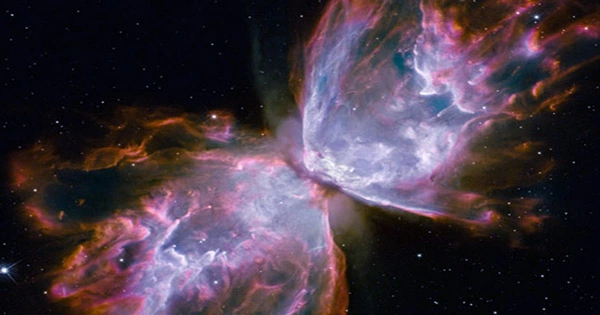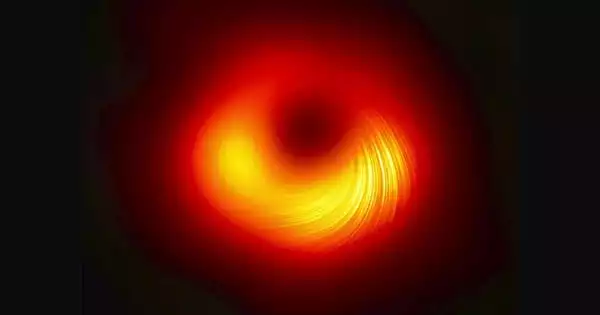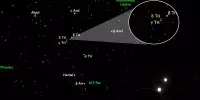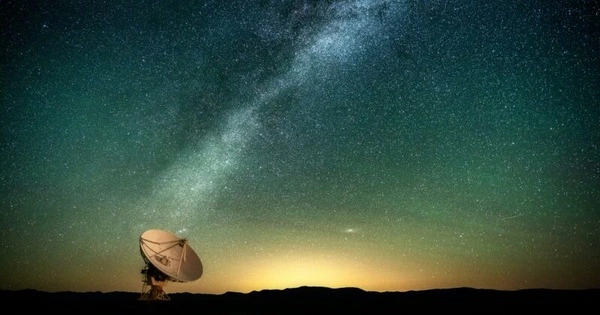Astronomers began looking for the source of a profoundly distorted magnetic field within a stellar nursery. They believe they’ve discovered it in a star that is practically undetectable from Earth due to its proximity to another star in our range of vision. Not only may the interaction between the two stars explain the twisted field, but it could also teach us something about how stars form pairs. Because the bulk of stars in the galaxy travel in pairs (binaries), understanding how they develop is critical to a complete understanding of stellar lifecycles.
We’ve seen images of the process in which two stars originate from the same patch of gas, similar to how a star and a planet do, but not everyone thinks that’s the complete story. It’s been hypothesized that stars develop separately or in extremely distant orbits around each other, only to recombine later. A publication due out next week in The Astrophysical Journal (preprint on Arxiv.org) reveals what looks to be an example of this mechanism in action, allowing researchers to speculate on how many pairs may arise.
Although the majority of the material in a star-forming gas cloud becomes stellar matter, some is ejected at high speeds as a by-product of star formation. Parallel to these outflow jets, magnetic fields arise. When Dr. Erin Cox of Northwestern University examined the Lynds 483 dark nebula in Serpens, which is around 700 light-years away, she discovered that the field lines were twisted at 45 degrees compared to the outflows. The direction of the field line is determined by examining the polarization of light from the source, which is created by dust that aligns itself along the field line.
Cox hypothesized the presence of a second star, which would alter the field lines’ orientation, and won time on the Atacama Large Millimeter/submillimeter Array (ALMA) to look for it. A second star cocooned in the same stellar envelope as the first was discovered by Cox and co-authors. In a statement, Cox noted, “These stars are still young and continuing developing.” “The stellar envelope is where the material for the stars comes from. It’s like rolling a snowball in the snow and watching it get bigger and bigger. To gain mass, the newborn stars are ‘rolling’ in material.”
The two stars are roughly the same distance apart as the Sun and Neptune. Instead of being like Tatooine’s twin sons, each star may ultimately produce its own family of planets, with the other star occupying a middle ground between Sun and ordinary star. Cox, on the other hand, does not believe they began at this distance. “There is newer evidence that says it’s feasible for two stars to develop far apart, then one star to come in closer to create a binary,” Cox explained. “We believe that’s what’s going on here.”
That would explain the distorted field, but it also begs the issue of why these stars were moving towards each other in the first place. So yet, no one has responded. “Learning how binary stars originate is intriguing because planet and star creation occur simultaneously, and binary stars dynamically interact with one another,” added Cox. “We know planets exist around these double stars from our exoplanet census, but we don’t know much about how they vary from planets that dwell near solitary stars.” She believes that a new generation of astronomy devices will be able to solve the problem.
















